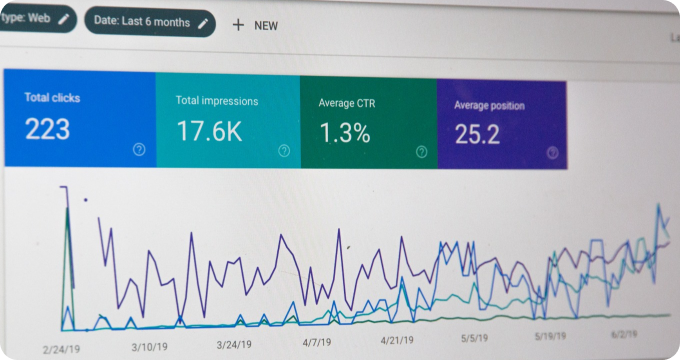The Future of Remodeling Contractors: Predictions and Trends Shaping the Industry
- October 25, 2023
- 3 minutes
In the building and construction sector, the role of remodeling contractors is paramount. These professionals have the potential to transform a residential structure or commercial building, applying their expertise and innovative ideas to give them a new lease on life. As this industry evolves, there are a number of trends and predictions that are driving the future of remodeling contractors.
In the past, the mainstay of remodeling involved traditional techniques of construction and manual labor. But today, with the advent of technology, things are rapidly changing. The remodeling industry is experiencing a paradigm shift, where technology and innovative practices are redefining the traditional landscape.
One prevalent trend shaping the industry is the increasing shift towards green building. This approach, which emphasizes the design and construction of buildings with minimal environmental impact, is gaining traction in remodeling as well. The philosophy of green building revolves around the efficient use of resources, the promotion of renewable energy, and the improvement of indoor environmental quality. In this context, remodeling contractors play a pivotal role in integrating these principles into their remodeling activities.
Another trend on the horizon is the use of Building Information Modeling (BIM). BIM is a digital representation of the physical and functional characteristics of a facility. It is a shared knowledge resource for information about a facility, forming a reliable basis for decisions during its life cycle. For remodeling contractors, the use of BIM can significantly enhance their efficiency and accuracy. The ability to visualize the end result before the start of the project, identify potential issues and rectify them beforehand, and streamline communication among the project team are some of the benefits offered by BIM. Indeed, the advent of BIM has brought about a radical change in the way remodeling projects are planned and executed.
In addition, the future holds promise for the incorporation of Artificial Intelligence (AI) and Machine Learning (ML) in the remodeling industry. The potential applications of AI and ML in this domain could range from automated design generation, predictive cost and schedule analysis, to safety and risk management. Although the incorporation of AI and ML in remodeling is still in its early stages, the possibilities they offer are limitless.
However, the integration of advanced technologies in the remodeling industry does not come without its challenges. There are issues related to the learning curve associated with these technologies, their high initial costs, and the need for widespread acceptance among remodeling contractors. But as the industry becomes more open to innovation, these challenges are likely to be overcome.
In terms of economic implications, it is predicted that the remodeling industry will witness a steady growth in the coming years. The Harvard Joint Center for Housing Studies projects that the home remodeling market in the United States will grow by about 2% annually through 2025. This growth can be attributed to various factors such as the aging housing stock, increasing home prices, and the growing preference for sustainable living.
Furthermore, legal and regulatory aspects are also playing an important role in shaping the future of remodeling contractors. For instance, policies that promote energy efficiency and sustainability are encouraging remodeling contractors to adopt green building practices. In addition, regulations related to building safety and worker's rights are compelling these professionals to upgrade their practices in order to comply with the law.
On the social front, changing demographics are influencing the remodeling industry. The aging baby boomer generation is driving the demand for age-in-place remodeling, which involves making modifications to existing homes to enable seniors to live independently for as long as possible. The increased demand for this type of remodeling is offering new opportunities for remodeling contractors.
In conclusion, the future of remodeling contractors is being shaped by various trends and predictions. The increasing shift towards green building, the incorporation of advanced technologies such as BIM, AI, and ML, the steady economic growth, changing regulatory landscape, and evolving social trends are all influencing the way remodeling contractors operate. While the road ahead might be fraught with challenges, the opportunities they present are truly exciting. As remodeling contractors navigate this dynamic landscape, they hold the potential to redefine the future of the building and construction industry.
Learn More
Unleash the potential of your home by diving deeper into our blog posts, where we unravel the art and science of remodeling contractors. For those interested in the cream of the crop, they are encouraged to explore our comprehensive rankings of the Best Remodeling Contractors in Chicago.
Popular Posts
-
 Remodeling Contractors Industry Report: Unveiling Key Findings and Crucial Insights
Remodeling Contractors Industry Report: Unveiling Key Findings and Crucial Insights
-
 How to Create a Budget for Your Remodeling Contractor Project
How to Create a Budget for Your Remodeling Contractor Project
-
 12 Things I Wish I'd Known About Remodeling Contractors Before Hiring One
12 Things I Wish I'd Known About Remodeling Contractors Before Hiring One
-
 What are Remodeling Contractors (and how do they transform your home)?
What are Remodeling Contractors (and how do they transform your home)?
-
 Ask These Questions to a Remodeling Contractor to Choose the Perfect One for Your Project
Ask These Questions to a Remodeling Contractor to Choose the Perfect One for Your Project






